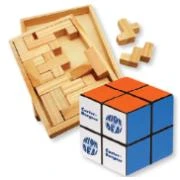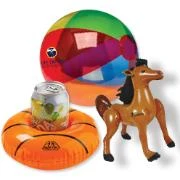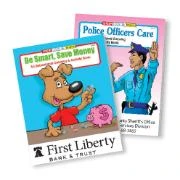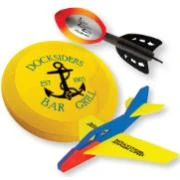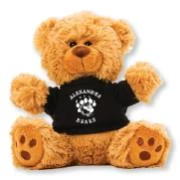Use Promotional Gifts for Your Next Promotion
Successful promotion campaigns don't happen by chance. Like any solid marketing program, they require careful thought. Of course your budget must be considered, but you must also bear in mind other factors like your target audience and your ultimate goal.
You and your promotional products distributor should discuss these six important elements to help you plan the best promotion for reaching your objective:
Define your promotion objective:
Decide what you want to have happen in the end. Whether you are trying to boost sales or increase awareness, be able to state exactly what will make the program a success.
Identify your traget audience:
Is it a particular industry, mostly healthcare, education, and manufacturing, or do you just want to motivate your own sales staff? Decide precisely who you want to be aware of your message.
Plan the product distribution:
How will you get the products to your audience? Will you use direct mail or present them yourself? Depending on your goal, the method of distribution can greatly increase a program's effectiveness.
Determine a theme, if appropriate:
Building your message around a theme helps to brand your message in your target audience's mind.
Develop a message for imprint:
In some cases, you'll use only your company name or logo as an imprint. In other instances, such as a direct mail campaign, clever copy ties your promotion pieces together, giving a better impact. Wanting to promote its services to small businesses, one bank created the theme "Are you tired of being treated like a small fish?" and sent fish-related products along with promotional literature to prospects.
Choose an appropriate promotional product:
Don't get caught up in the latest trend. Instead of choosing products based on uniqueness, price or perceived value, choose an item appropriate to your business or that supports your theme. For example, pharmaceutical companies routinely give pens, notepads and other items imprinted with their company name to doctors' offices and hospitals. Another example is a company who developed a magic motif for its conference at Disney World, then gave attendees magic-related products that tied in with the theme "Experience the Magic at Disney


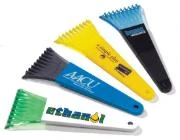
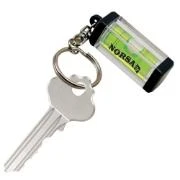

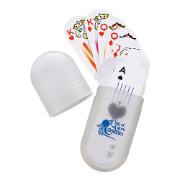

 (1).webp)
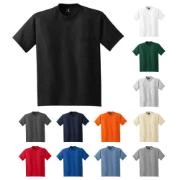
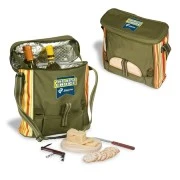
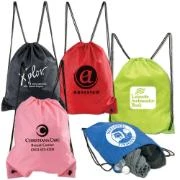
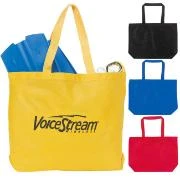
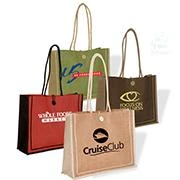
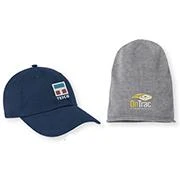
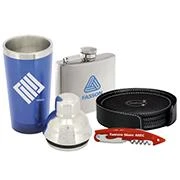
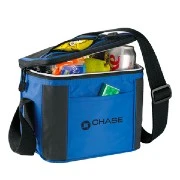
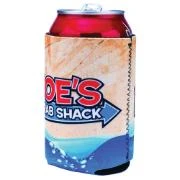
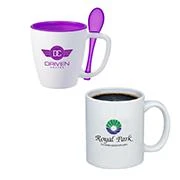
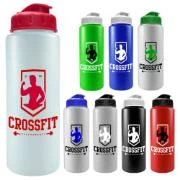
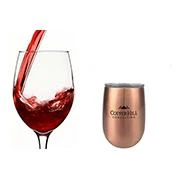
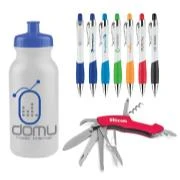

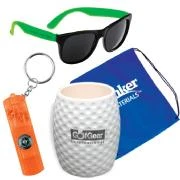
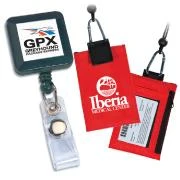

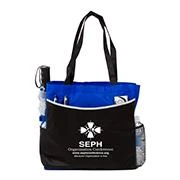


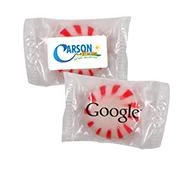


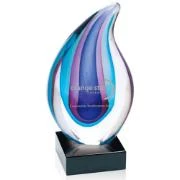
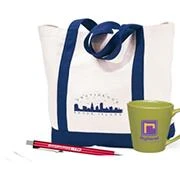
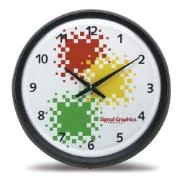
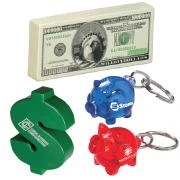
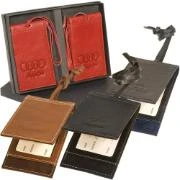
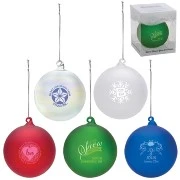

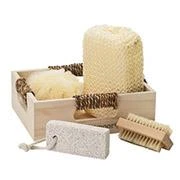

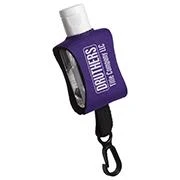
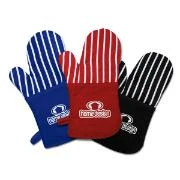
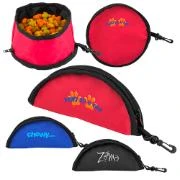
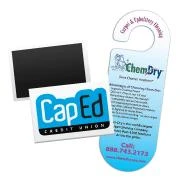
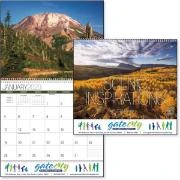
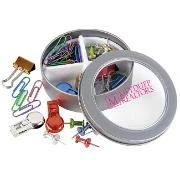

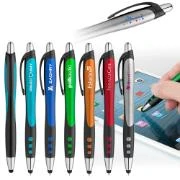

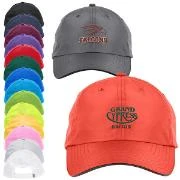
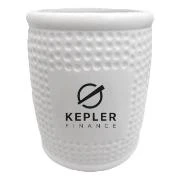
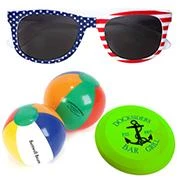
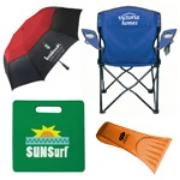


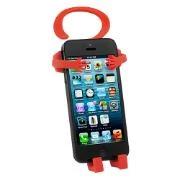
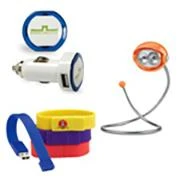
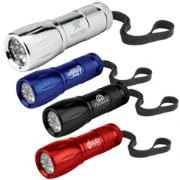
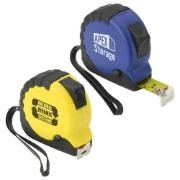

.webp)
